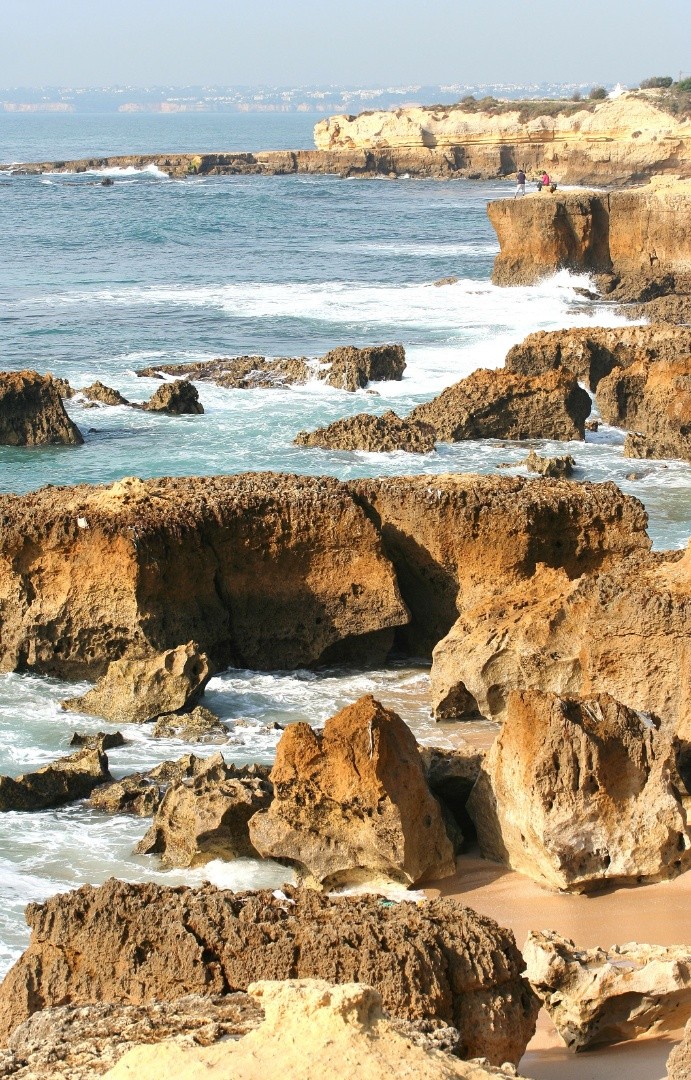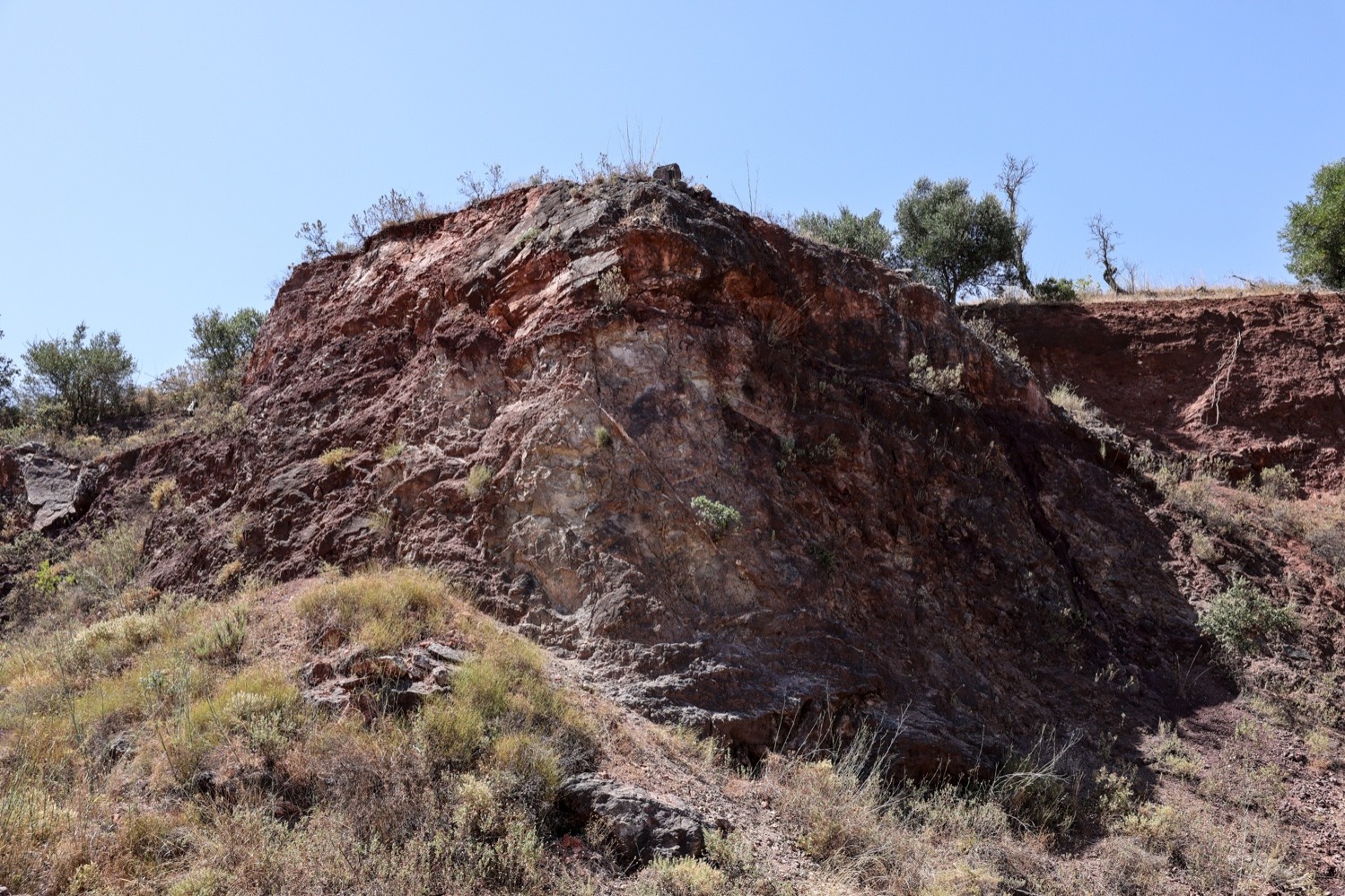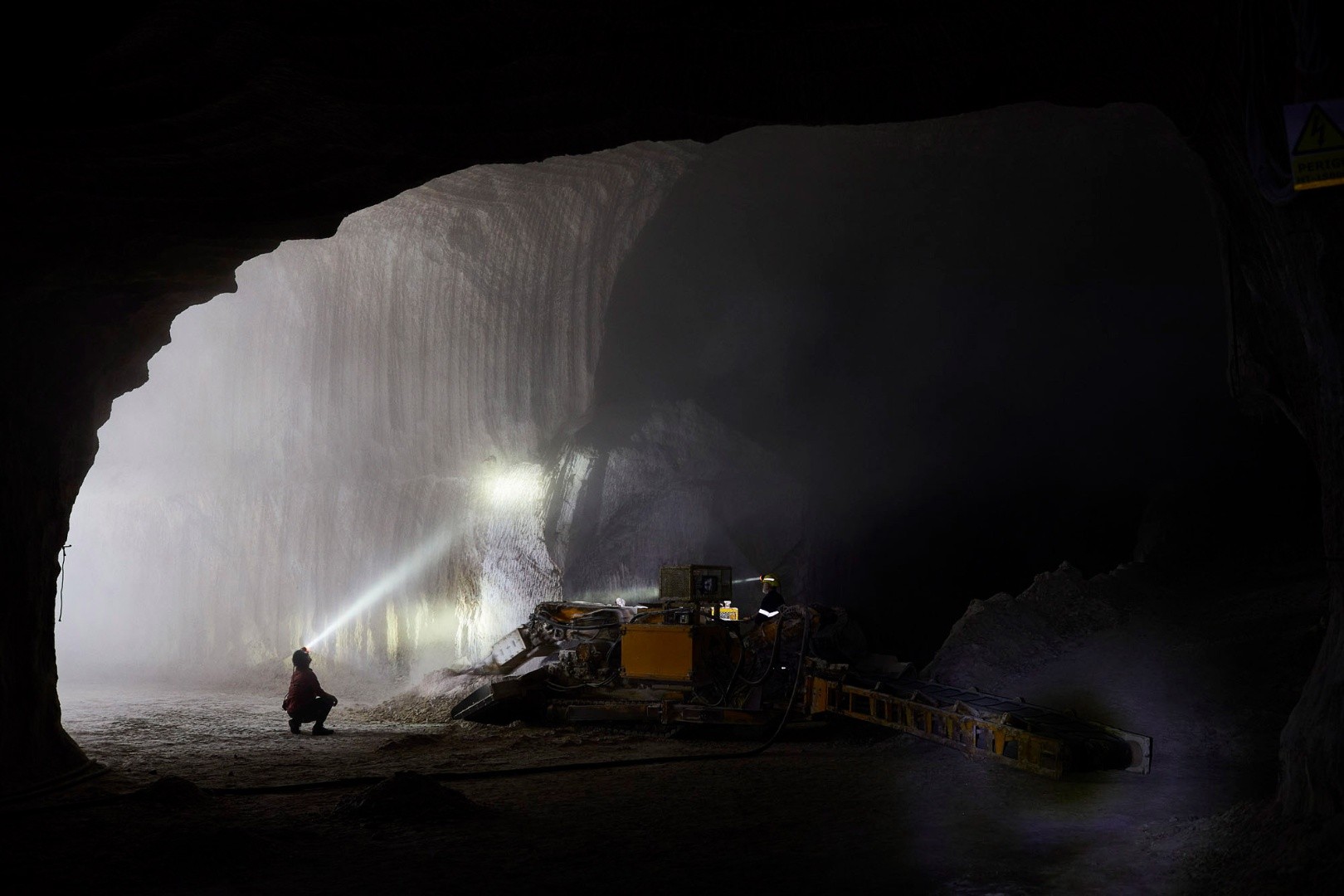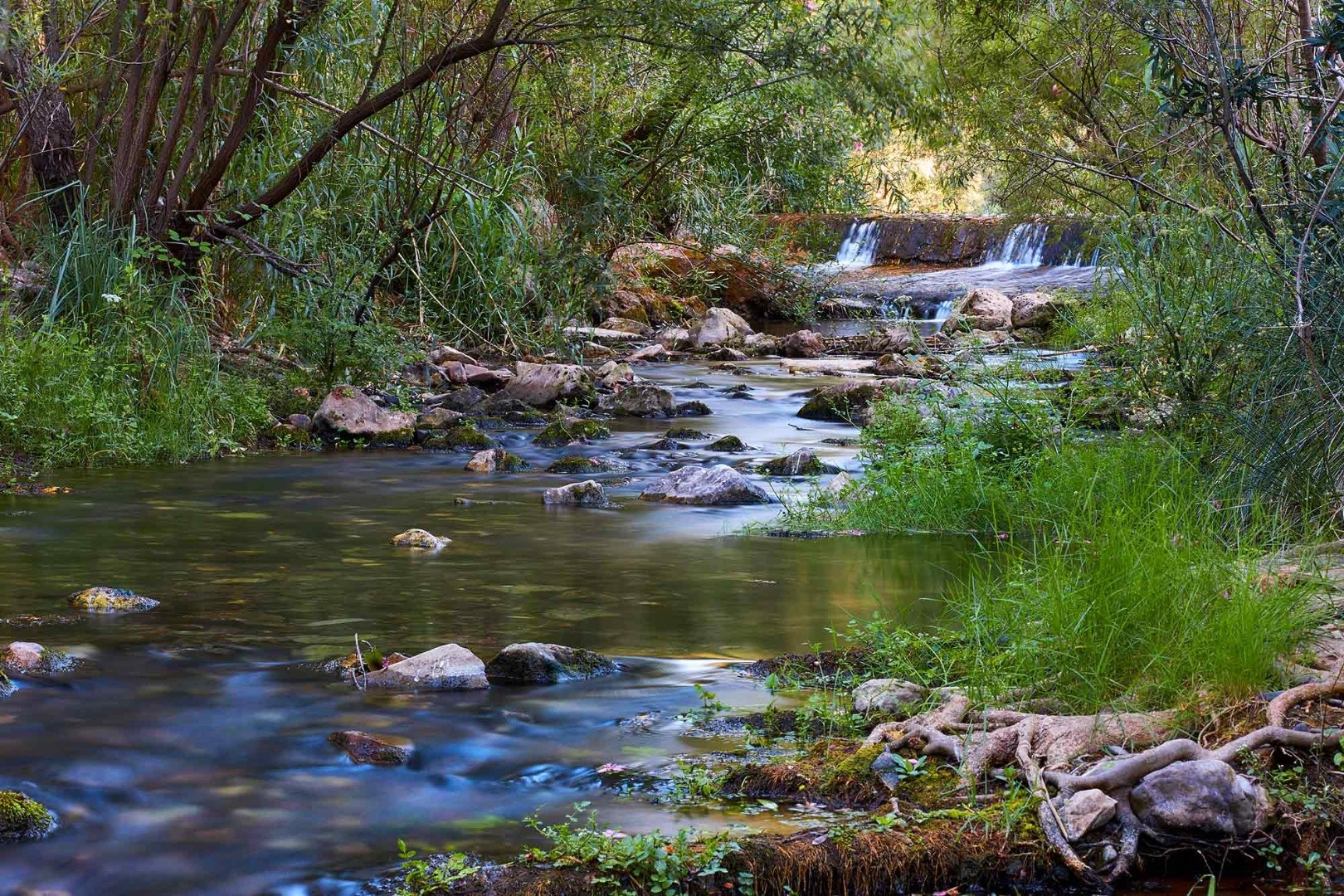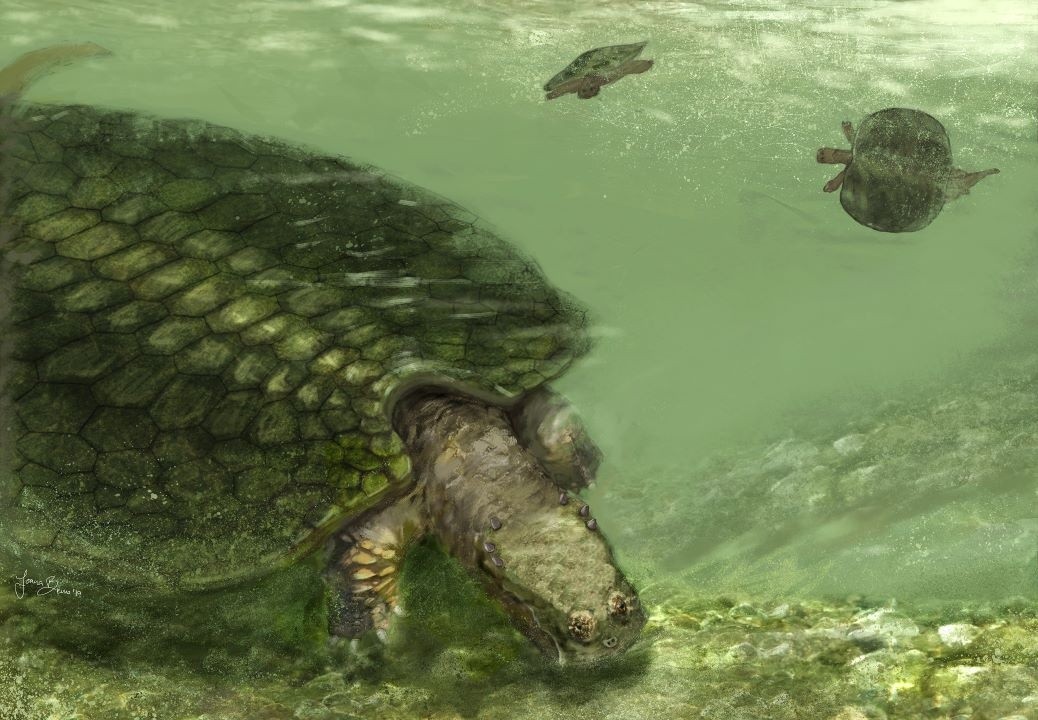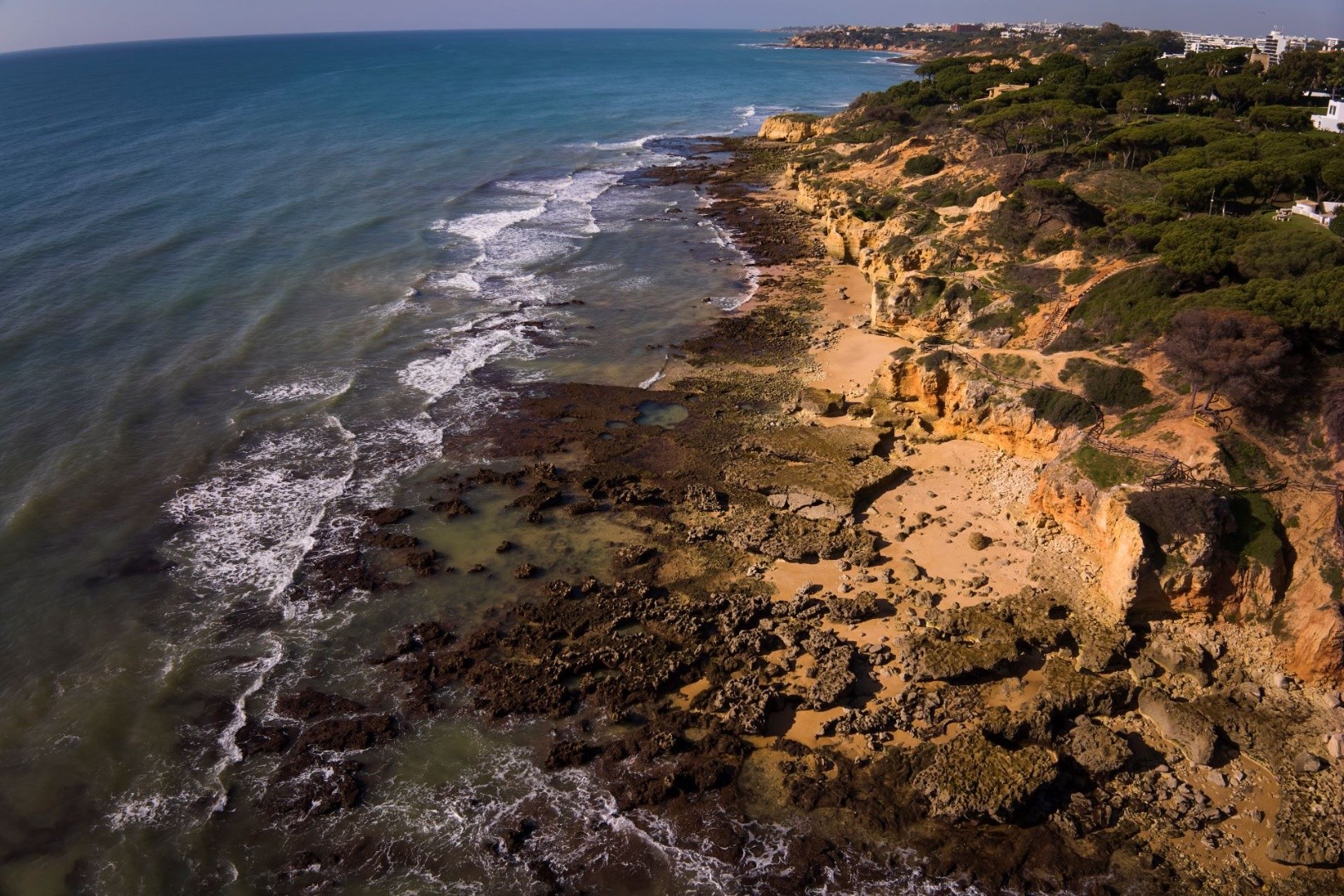Paleontology and Paleoenvironment
Falésia Beach is a unique sandy cliff along the Algarve coastline, notable for both its geological characteristics and its paleoenvironmental evolution over the last 5 million years. It stands out for its high aesthetic value, particularly due to the striking contrast between the white sands at the bottom and the red sands at the top of the sandy cliffs.
The sedimentary sequence of the cliff can be divided into three main series, which visually correspond to a change in colour. The lower series is greyish-white, indicative of deposition within a deltaic system that was active during the Pliocene period, known as the Falésia Sands. The upper series is red, suggesting deposition on a shallow continental shelf during the Upper Pliocene to Lower-Middle Pleistocene, referred to as the Quarteira Sands.
The intermediate series separates the lower and upper series, and includes coastal deposits created by high-energy events and marginal-lagoonal deposits. This intermediate series is crucial in establishing the boundary between the Pliocene and Pleistocene epochs in the Falésia Sands, as defined by its fossil content and paleomagnetic characteristics.
The intermediate series consists of a thin (0.5 m) fossiliferous conglomerate that rests on an erosive surface. This conglomerate contains poorly preserved and highly iron-rich remains of marine mammals, as well as shark teeth from Isurus sp. and Otodus megalodon. This deposit is likely the result of a tsunami or a high-energy storm event.
Above the conglomerate, there is a bioturbated sandstone layer featuring horizontal traces and an assemblage of foraminifera, indicating a shallow marine environment during its deposition. This is followed by another layer of sandstone that contains Ostrea gr. Lamelosa (an oyster) and Pecten palliolum excisum, a bivalve known to exist in the Iberian Peninsula, France, and Italy during the Pliocene.
Paleomagnetic data from the intermediate series indicate a reversal of geopolarity from normal to reverse, which corresponds with the Olduvai reversal event. This finding allows us to date the top of this series to the Upper Pliocene to Lower Pleistocene, thereby constraining the age of the upper series to the Pleistocene.
Sitting above the intermediate series, on an erosive surface, are feldspathic sands that are orange in colour, interpreted as having been deposited on a shallow continental shelf. On top of these feldspathic sands lies a 2-meter-thick orange siltstone unit, containing abundant root structures that are thought to represent a paleosol developed during a warm and humid climatic event, likely around 125,000 years ago.
Locality: Açoteias - Albufeira




